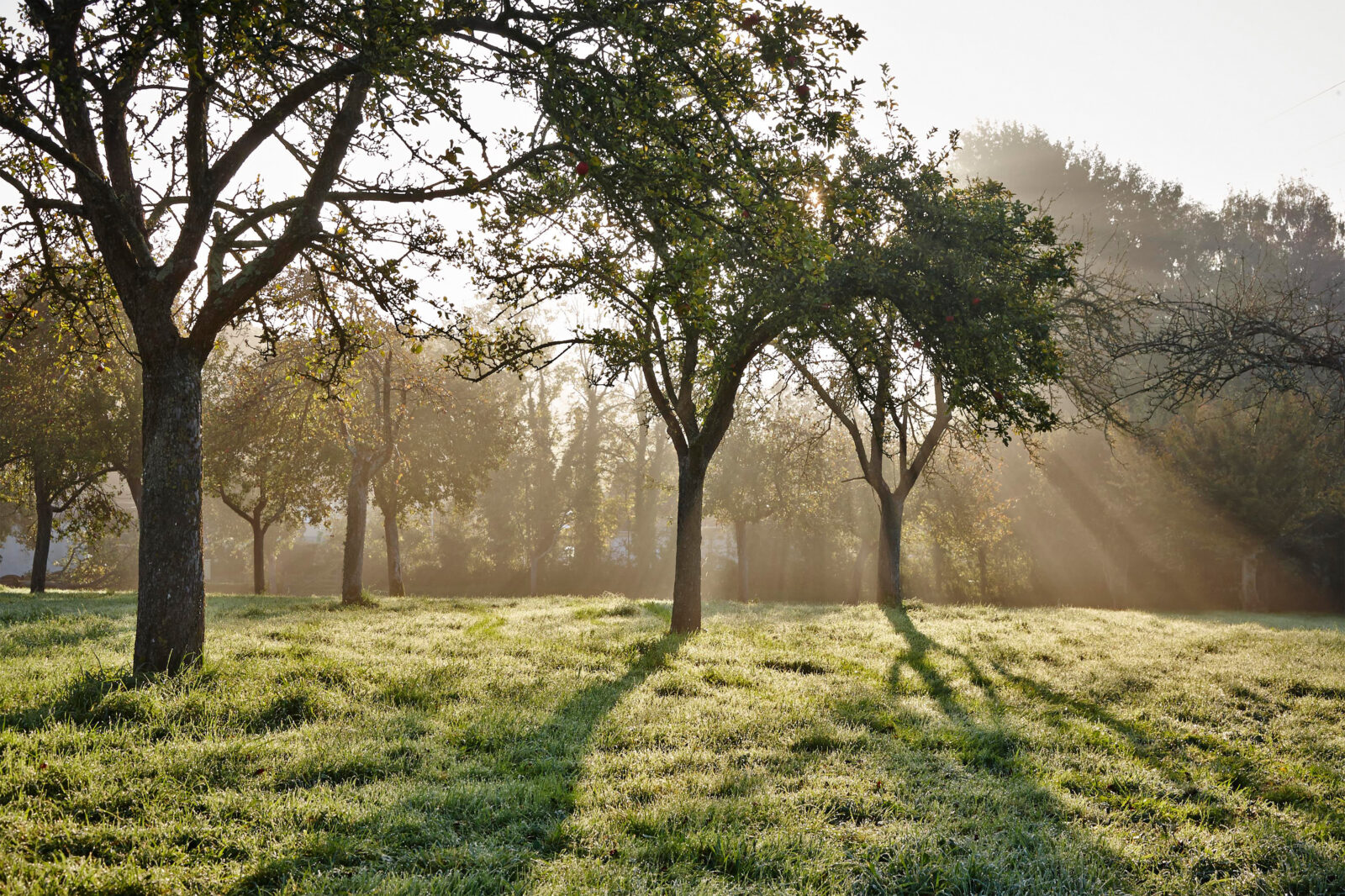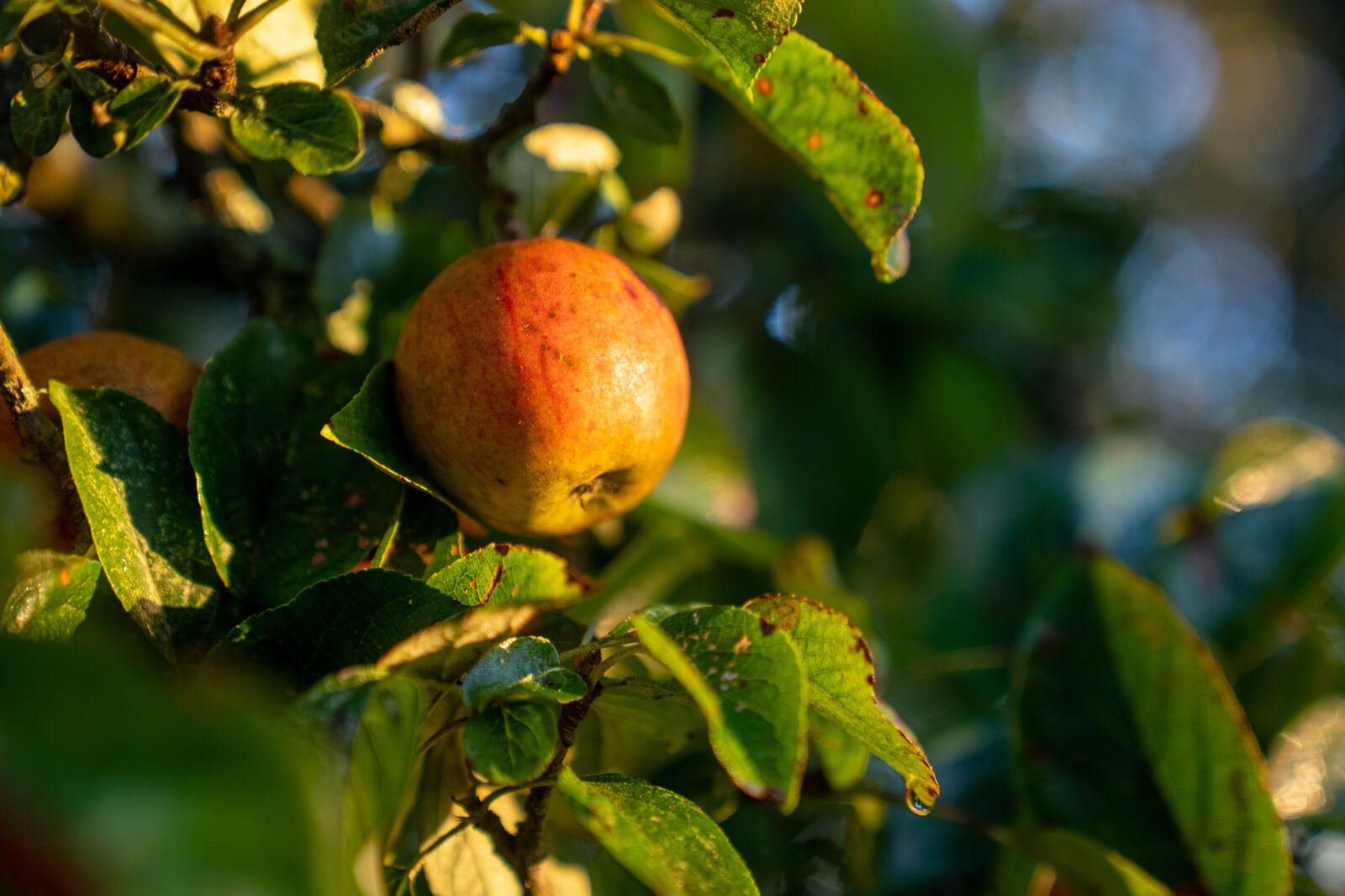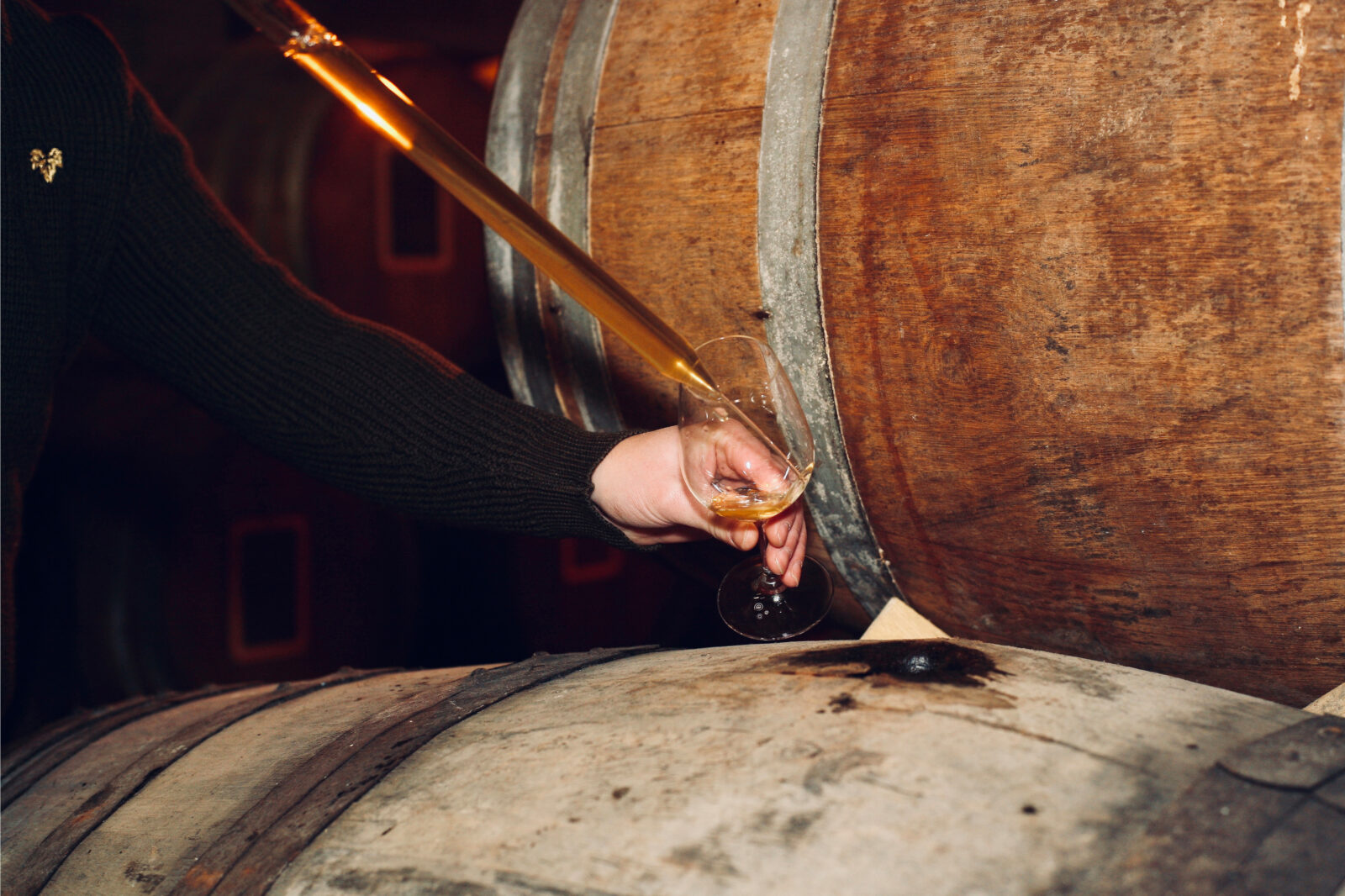

Some places seem that no matter how remote or quietly rural, they cannot escape history unscathed. One might argue that […]
Keep ReadingSome places seem that no matter how remote or quietly rural, they cannot escape history unscathed. One might argue that this is simply bad luck, and if you allow us to take liberty with the Chinese proverb or curse, May you live in interesting times, we’d add, May you live in an exciting place. The Cotentin is, historically and culturally, a fascinating place. If you’re not familiar with where this tiny spit of land is, then perhaps the Cotentin has earned its anonymity. But you’re not reading this to be unenlightened, and the history of the Cotentin has left an indelible mark on the place. In part, it explains why we believe the Cotentin is worth knowing. The other part is its ciders, which are so distinctive that they have their own appellation – AOC Cidre Cotentin.
I’ve been told that my introductions to properties can be too long, with too much history and blather about geology. So, if you’re just the facts sort of person, skip a paragraph or two ahead.
The Cotentin has had the fortune, or misfortune, depending on how you look at things, as a liminal space between competing kingdoms and nation-states. With the rise of the Franks after the fall of Rome, this was the border between Frankish Gaul and Brittany. For centuries, it was traded back and forth between these bellicose neighbors until the arrival of the Norse in the 9th century. The Norse first settled on the Cotentin and, being the clever opportunists they were, played the French off the Bretons while expanding their control over most of the rest of Normandy. A century later, these Vikings, rebranded as the Normans, conquered England – which is why we have so many French words in our vocabulary.
When the 1000-year state of nearly perpetual conflict that existed between the Bretons and the Franks, the Bretons and the Norse, the Norse and the French, and finally, the French and the English (with the Bretons switching sides back and forth) came to an end in the early 16th century, it seemed that the Cotentin had earned its hard-won lapse into quiet and rural obscurity. That is, until June 6th, 1944. The landings at Utah Beach with the goal of capturing the deep water port of Cherbourg brought conflict back to the Cotentin. What was supposed to be a fairly swift operation took almost a month due to the bocage.
Located in the villages of Auvers on the Cotentin peninsula of Normandy, Maison Hérout was founded in 1946. Famille Hérout is descended from the Norse who settled this region in the 9th and 10th centuries. Linked to Paris by the Seine, Normandy was an essential part of the development of France into the modern era as a center of industrialization, shipping, and agriculture. While large aristocratic estates existed throughout most of the rest of the country, Normandy was a land of entrepreneurs and small landowners rather than peasants. Over millennia, the inhabitants of the Cotentin planted and maintained dense hedges around their property to protect their fields and orchards from the storms that would frequently blow in from the North Atlantic. Known collectively as bocage, these hedges are so ancient that if you were to remove the vegetation, the landscape would be honeycombed with steep embankments. What made it challenging to capture Cherbourg after the D-Day invasion also made the Cotentin ideal for growing apples.
When Auguste Hérout and Marie-Thérèse Quétier-Hérout established Maison Hérout, they brought together two families that had been involved in the cider trade. In the decades after founding their estate, Auguste and Marie-Thérèse revitalized their orchards with a preference for the traditional cultivars of the Cotentin – Petit Amer, Binet Rouge, Cartigny, Clos Renaux, Doux Lozon, Feuillard, Belle Fille de la Manche among others. What makes these cultivars unique is their small size, thick skins, and a higher percentage of fruit classified as bitter-sweet and acidic. Of all the ciders of France, those from the Cotentin and Maison Hérout are famous for their gastronomic qualities, where tannin and acidity are balanced with fruit. At Maison Hérout, you can taste ciders aged in bottle for decades, gaining increasing complexity similar to the finest wines. They pair wonderfully with the local shellfish and rich cheeses. We’d even recommend them with savory crepes, no matter the time of day.
Marie-Agnès Hérout followed in her parent’s footsteps in maintaining the reputation of her family’s ciders and calvados. She oversaw the conversion to certified organic agriculture and the creation of the Cotentin AOC. With no clear succession but a heritage worth preserving, she has entrusted her family’s property to childhood friends who grew up appreciating the uniqueness of Cotentin and are dedicated to safeguarding Maison Hérout as the preeminent producer in the AOC. Jean-Baptiste Aulombard now manages the estate with assistance from Simon Dufour and Maxime Delauney. The transition couldn’t have gone more smoothly, and the ciders have not missed a beat. These are some of the most complex, satisfying, and, dare we say, vinous ciders we’ve ever tasted. And their calvados are so sublime that we changed our import license to bring them to you.
Close





